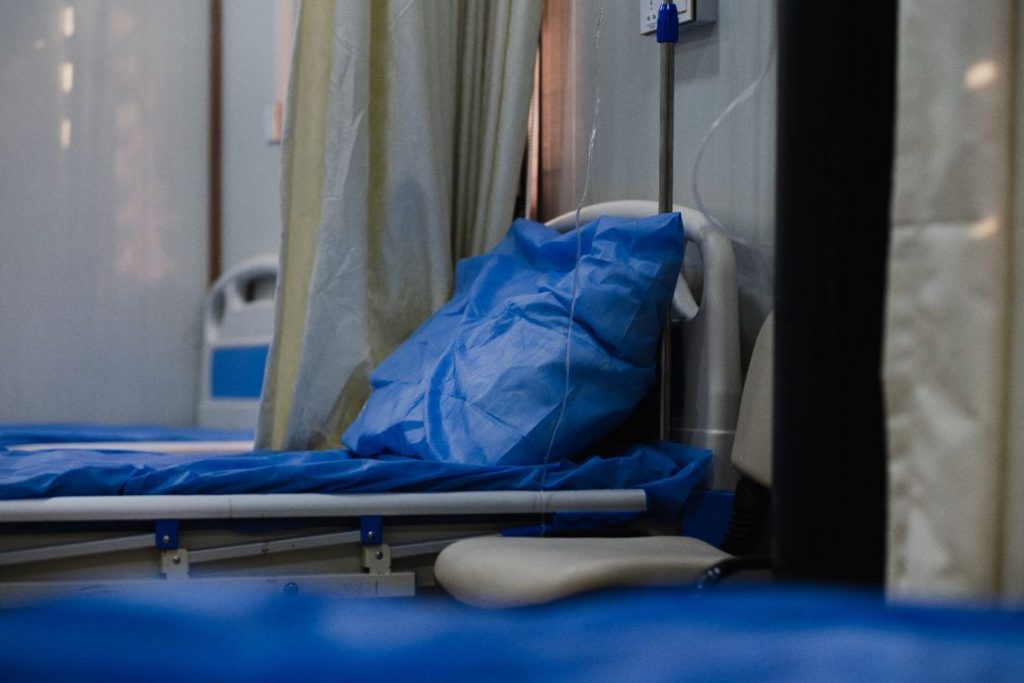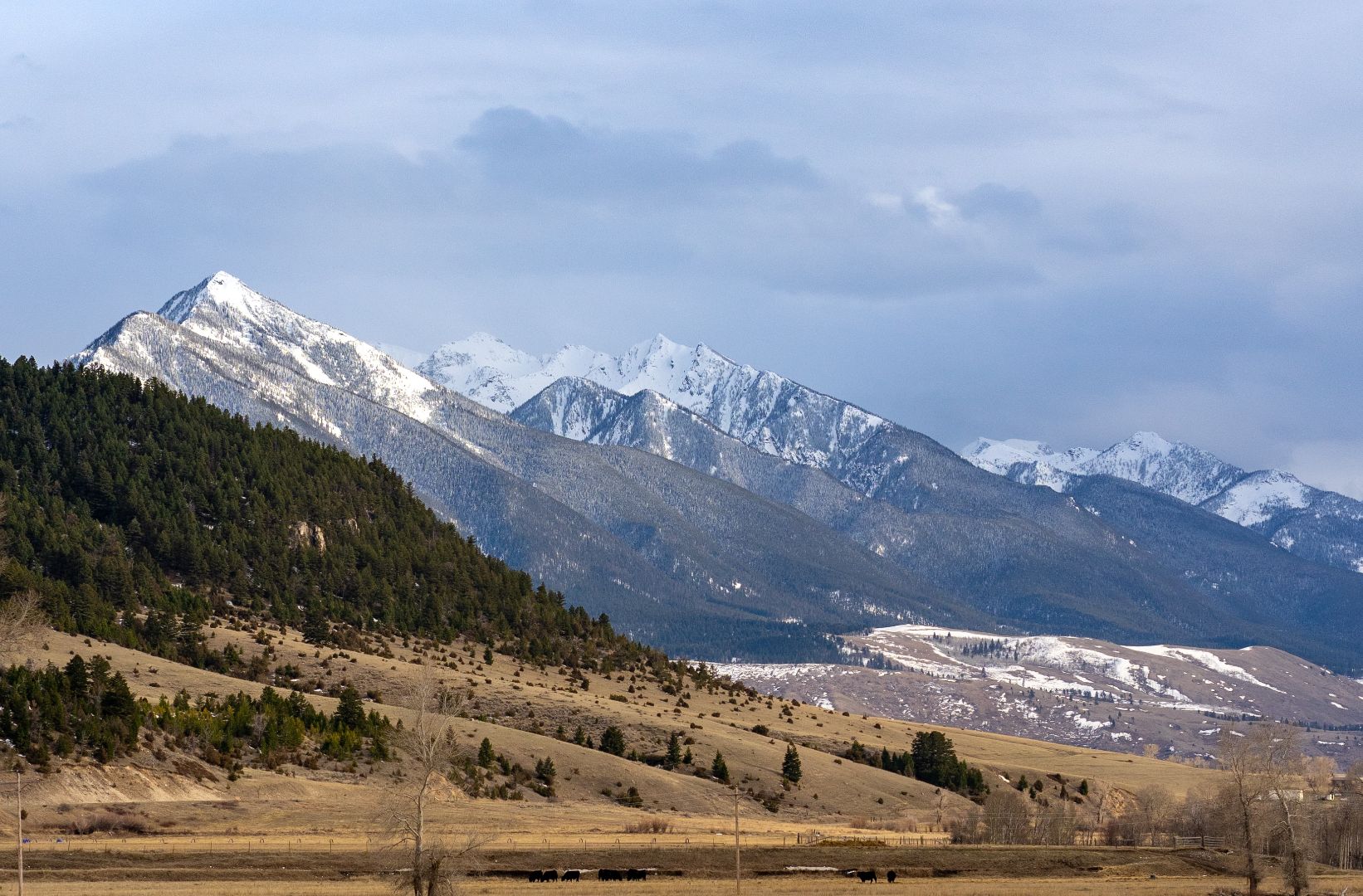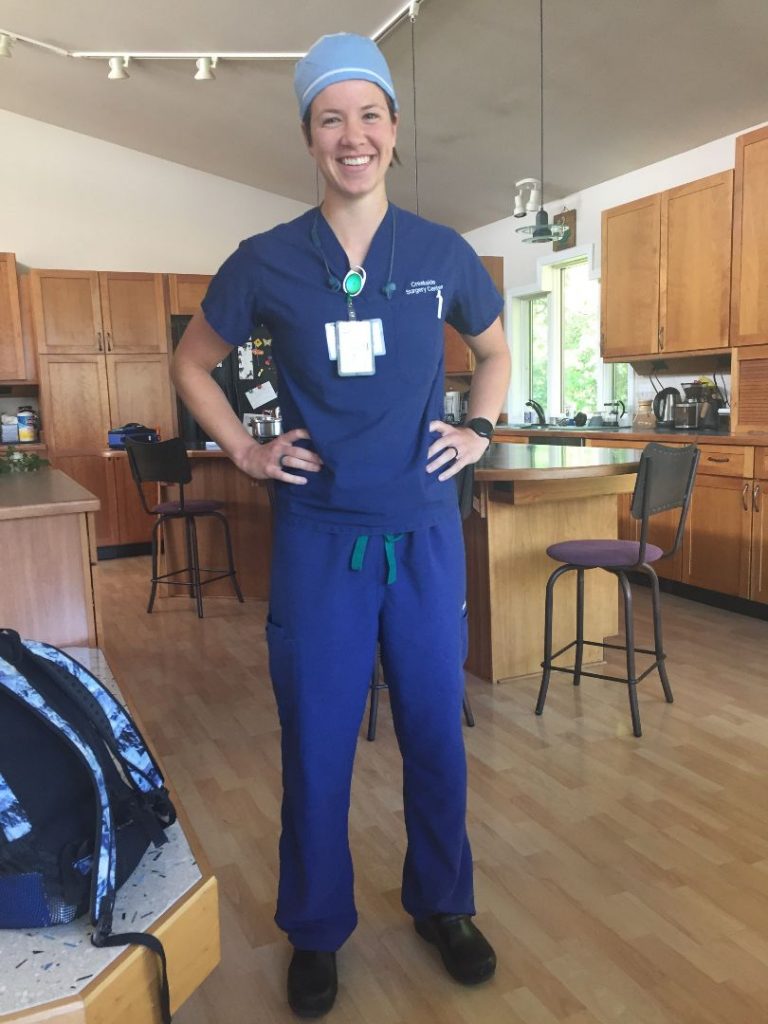A glimpse into the impact that COVID-19 has had on the clinical education of student doctors preparing to serve some of the Pacific Northwest’s most rural and medically underserved communities.
“I want to go to work,” exclaimed Anne Keeling, a fourth-year osteopathic medical student at Pacific Northwest University of Health Sciences (PNWU). At the time, Keeling was scheduled to participate in her OB/GYN rotation, where she longed to put the knowledge she had acquired during her first two years of medical school to good use, gaining invaluable hands-on experience in a medical specialty she loved. Due to COVID-19 restrictions, however, she instead found herself sitting behind a computer at home, lamenting her frustrations on her medical school’s health blog.
“I want to don my mask and enter the hospital; to see my patients, make them smile, care for them, learn from them,” she wrote. “I just want to go to work.”
In a normal, pandemic-less environment, PNWU student doctors like Keeling transition away from campus at the end of their second year of medical school and enter into a clinical setting. Starting in July, third-year medical students begin a year of the prescribed clinical curriculum where they immerse themselves in clinical sites, learning from preceptors and clinicians, and taking care of patients in a live environment. The standard curriculum encompasses a variety of medical specialties: OB/GYN, family medicine, internal medicine, pediatrics, general surgery, osteopathic manipulative medicine (OMM), behavioral health, and emergency medicine. As they move into their fourth year of medical school, those in-person experiences become focused on their specialty of choice. For example, if a student dreams of being an emergency medicine doctor, they’ll focus the first half of their fourth year on emergency medicine, intermixing other elective rotations that align with that specialty to provide them with a broad variety of experiences that fully prepare them to go onto an emergency medicine residency program.
This year, due to COVID-19, those plans changed.

In March, Keeling, like all medical students throughout the United States, participated in the nationally recommended pause from clinical rotations, which lasted until early May. Fear of not only risking the safety of students and patients but also further degrading an already-sparse supply of medical resources, such as PPE, was paramount in the national decision. So, rather than seeing patients in a clinic or hospital setting, Keeling and her medical school peers transitioned to online learning.
Instead of working with a preceptor – an experienced doctor assigned to teach, support, counsel, coach, and evaluate her as she became acclimated to the intricacies of medical practice — she was instead matched up with clinicians from PNWU’s clinical education department, who worked tirelessly to effectively replicate those in-person experiences in a virtual setting. One of those instructors, Dr. Elizabeth McMurtry, used her own experience as a clinician to accomplish the lofty challenge.
“As an emergency doctor, I’ve taken care of patients in all sorts of creative ways given the tools I had at my disposal,” explained Dr. McMurtry, who was tasked with leading emergency medicine virtual rotations during the pandemic-forced hiatus. “When this came crashing down on us, our clinicians were experienced in just finding ways to get the job done.”
PNWU clinical educators had about a week to build a virtual lesson plan that would simulate those experiences, forcing eight-course directors to employ significant innovation and imagination almost overnight. “PNWU is built on meeting the needs of the people that we serve,” she explained. “As educators, meeting the needs of our students was our top priority.”
In her emergency medicine courses, Dr. McMurtry used mental practice and vivid imagery to recreate common procedures done in emergency medicine. “We had to get very creative with ways to mimic and invoke the imagination of our students so that they could visualize certain things,” Dr. McMurtry explained. Although hands-on experiences were forbidden, Dr. McMurtry found that her pupils became really good at certain things that were historically common struggles in emergency medicine rotations.
“Things like broad differential diagnosis formation or alternative treatment strategy development are extremely challenging for students when their boots are on the ground,” she explained. “The virtual environment gave us more time to talk about those sorts of things. It gave us an opportunity to discuss why we were doing what we’re doing instead of just doing it.”
Her curriculum, as well as that of everyone on PNWU’s clinical education team, was made even more robust thanks to the involvement of PNWU’s medical simulation center, which offered students a chance to work with simulated patients in a setting that reflected the telehealth-style care many of them would one day practice. Working with a trained simulated patient, the students conducted encounters through webcams, discussing the patient’s problems, reviewing medical history, and even performing virtual physical exams.
“As practitioners, that is an unfamiliar skill for many of us,” Dr. McMurtry explained. “But now, our students are becoming comfortable with it.” For medical students planning to go into practice in some of the Pacific Northwest’s most remote and medically underserved communities, the ability to connect with patients from a distance will almost certainly serve as a critical skill for years to come. “Now that this pandemic has forced telehealth to the forefront, many of our communities may receive improved care in the future thanks to the limitations we were forced to adapt to,” Dr. McMurtry said.
Soon, it became clear that PNWU students were not only adapting to but embracing the virtual clinical education that had been thrust upon them. They took advantage of the opportunity to look at clinical medicine from a different perspective, delving deeply into topics that they otherwise might have overlooked in the clinical setting. The virtual curriculum also offered them a chance to hone lifelong learning skills by going back to their textbooks or exploring published literature about the problems they were studying. Instead of approaching their challenges as limitations, PNWU student doctors used their circumstances to help in other ways.

“Students related to me that they wanted a role in helping patients during the pandemic,” said Marti Martinell, PNWU’s Regional Clerkship Administrator. Quickly, Martinell saw students asking their regional leads about opportunities to volunteer – anything they could do to help. “They wanted to be right there on the front lines,” she explained, “even if that meant standing in a tent in full PPE gear swabbing all day; even if it meant risking their own safety.” In Yakima, WA alone – home of PNWU’s campus – students volunteered over 1,000 hours on COVID-19-related matters.
Where they could, they were also performing clinical medicine virtually through video and phone visits with patients. Today, as around 94% of PNWU students have returned to in-person clinical rotations, they are being utilized by preceptors for those telehealth opportunities, not only to conserve PPE and limit the risk of exposure but also to leverage their experience with the technology.
“I am incredibly proud to be a part of this faculty of absolutely innovative people who did what it took to get the job done,” said Dr. McMurtry, reflecting on the work of her peers. “As a result of being forced into this mode of education, we have cracked the nut on a whole new set of skills that we can teach to and leverage. I believe our students will be better doctors in the future thanks to this pandemic and, in the end, our communities will be the ultimate beneficiaries of this enhanced training.”
“When the pandemic gained momentum, I wanted to be on the front lines helping my fellow medical professionals,” said Anne Keeling, reflecting on the experience. “I was excited to be apart of the medical community but frustrated I got kicked out. Seeing a real, live patient with a disease you’ve only read about anchors it in your memory in a way flashcards and pictures can’t. It’s an experience. Today, I have a deeper understanding of what a privilege it is to serve the community as a doctor.”

